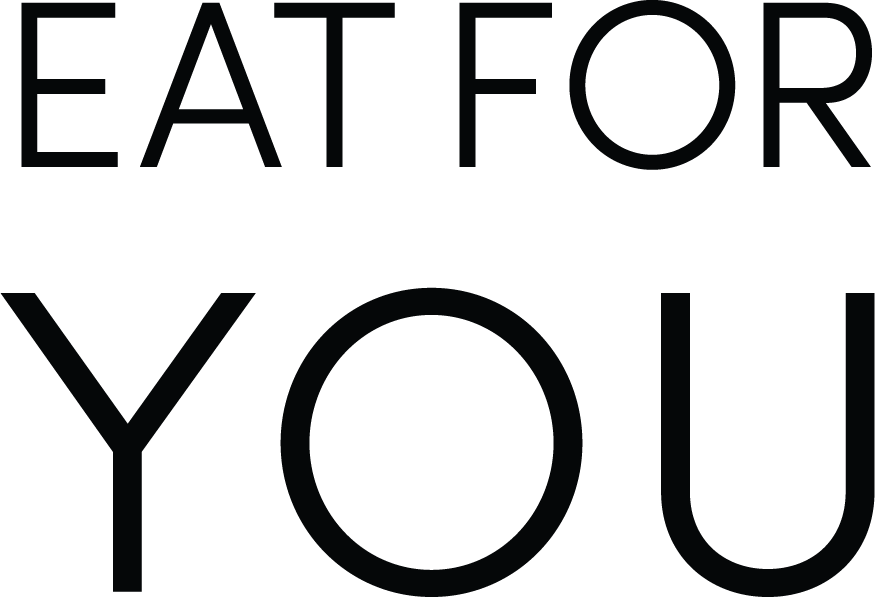
written by Adelle Rutch - Nutritionist
Australia has one of the highest allergy rates AND one of the highest published rates of food allergies in children in the world.
In. The. World.
This is massive, and something that we don’t take lightly here at Eat for You, especially with one of our main interests being intergenerational health and wellbeing.
It hasn’t always been like this, so can this scary statistic be changed?
Food allergies mainly occur due to the immune system producing allergy antibodies called IgE against different proteins found within foods. There are certain groups of common foods that are more likely to cause allergic reactions in children and adults such as cows milk, nuts, egg, crustaceans, soy and wheat.
Current Australian guidelines state that allergenic foods should be introduced early within the process of food introduction (6 months) as this decreases the risk of food allergy and developing these food allergies later in life. It is important not to introduce these foods just once, but instead, multiple times over a period of time. Recommendations say that if there is a family history of severe anaphylaxis, this topic should be discussed with a health practitioner prior to introduction of foods.
Now we know all that, what exactly is to blame for this increase in allergies?
Well, the finger cannot simply be pointed at just one cause (wouldn’t it be great it if could!), but instead, there are multiple possible and likely causes backed by evidence. These include:
- Insufficient vitamin D during pregnancy and insufficient levels prior to conception. Vitamin D is supportive of immune function and a deregulated immune system can lead to inflammatory conditions (allergies).
- Use of antacids during pregnancy, which can impede how nutrients are absorbed and digested.
- Antacid use in infants.
- Reduced breastfeeding rates and c-section or induction births.
This is a tough one to swallow because we do not want to point the blame at Mothers (heck, we need to do away with mum guilt completely!). But highlighting the potential causes, and looking at where we can mitigate risk if these issues have arisen during pregnancy, birth and beyond, is one step in the quest to lower allergies.
Outside of the immediate mother/baby microbiome connection with allergy development, there is also the bigger picture of the bugs that we live with, or more importantly don’t live with anymore. We have become so scared of “germs” that we are literally TOO clean.
The way in which we live has DRASTICALLY (cannot say this loud enough) altered our microbiome. From our exposure to chemicals in our day to day lives, over-cleaning with harsh products, sanitising our hands, the way food is manufactured and general urbanisation (particularly in the last 70 years), we are orchestrating huge change with all facets of microbiome. This topic is huge, there is no other way to sum it up. Our microbiome is crucially important, and something we should be striving to take care of (something we are very proud of here at Eat For You is the standard we adhere to. We want ALL food manufacturing companies to do what we do in order to facilitate better health outcomes).
So, how can we better support ourselves, and our family’s health?
This list is endless too (thankfully), but to put it simply, the crucial key here is that we need great gut function and a healthy gut microbiome. Those with a healthy gut microbiome have healthier immune systems that do not over react to common proteins, therefore having less incidence and risk of developing allergies.
Here are some top tips to reduce the risk of allergies for your child, and therefore, future generations (how cool that we have this ability to support our kin even after we are long gone!):
- Introduce a diverse range of allergenic foods EARLY in an infant’s life, well before the first year is up (yes, we know this is daunting for a first time parent).
- Don’t bath the baby. Seriously. For at least the first week of life, let that good guy vernix (the white stuff on baby at birth) soak in. When you do decide it’s time for that first bath, skip the soap. Water is more than enough for new baby skin. Babies don’t really get dirty (unless we are talking poo explosion), so they don’t need daily cleaning.
- On this note, be mindful of nappy wipes. Consider face-washers and water or choose water wipes. The less chemicals, the better for bub AND the environment.
- Adhere to a diverse and healthy, fibre rich diet during pregnancy. Consume probiotic rich foods or supplement with a probiotic. On this note, if there are family members who suffer from allergies, there are specific strains of probiotics that have been proven to decrease the risk of developing allergies (Lactobacillus Rhamnosus LGG, I’m looking at you!).
- Get a bit of sunlight. Not suggesting you get out there and roast yourself, but getting enough sunlight is important for vitamin D levels.
- Be cautious with the products that you use within your home. A little bit of dirt never hurt anyone. Let your baby cuddle the dog, crawl in the grass and yep, don’t freak out when they put stuff in their mouth (within reason, choking hazards are still very real).
- Support good gut function by sticking to a mainly whole foods diet. Include fermented foods too, from the first taste of food and moving throughout your children’s lives.
It might sound overwhelming at first.
If it does, seek some support through a qualified nutritionist (hello!) or jump into our DM’s. We genuinely LOVE this stuff and are happy for you to pick our brains with all of your questions.
But honestly, when it comes down to it, good health is really just about getting back to basics. Keep it simple. Nourish yourself from the inside out, and, dare we say it, trust your gut. It’s got your back.

